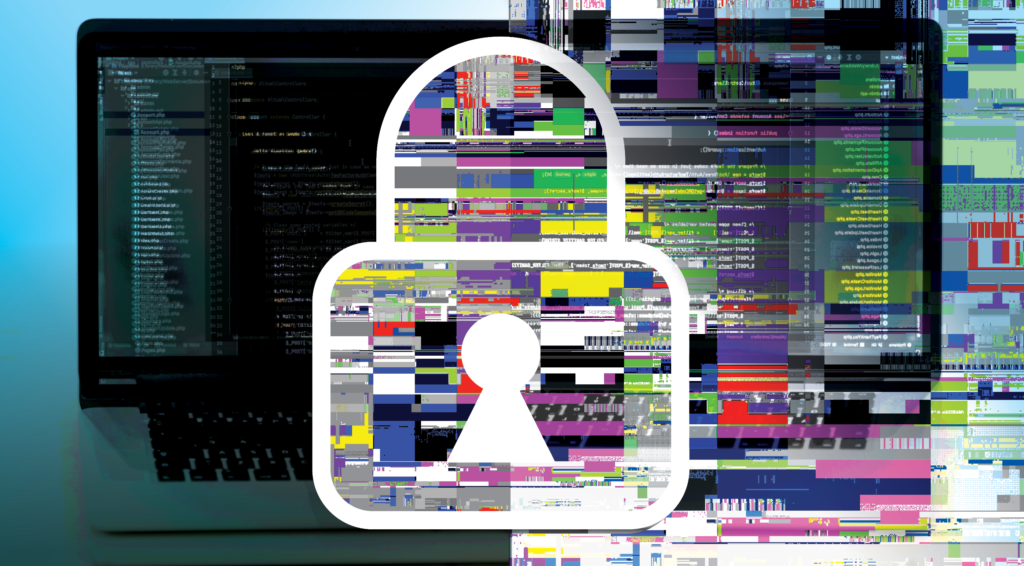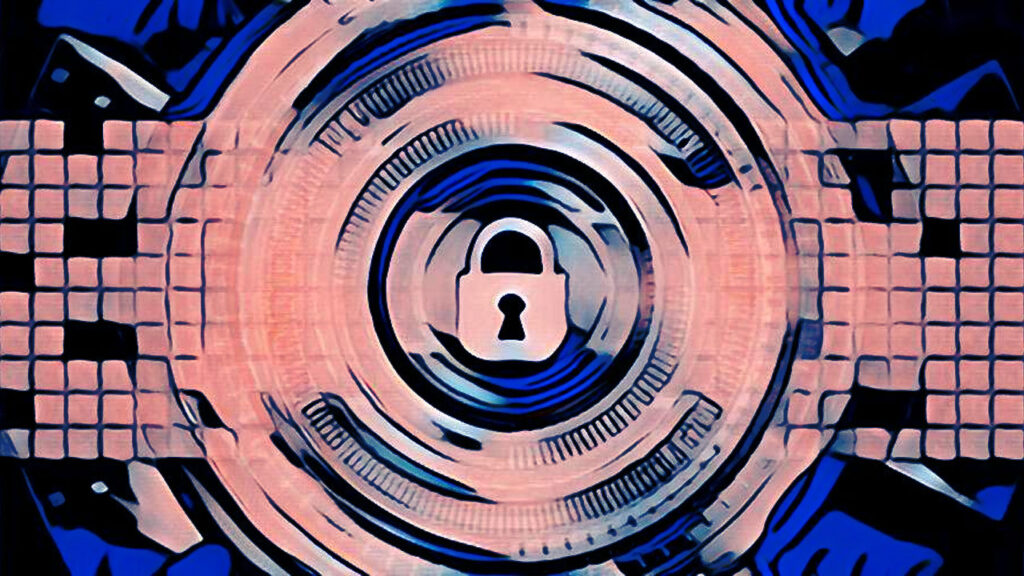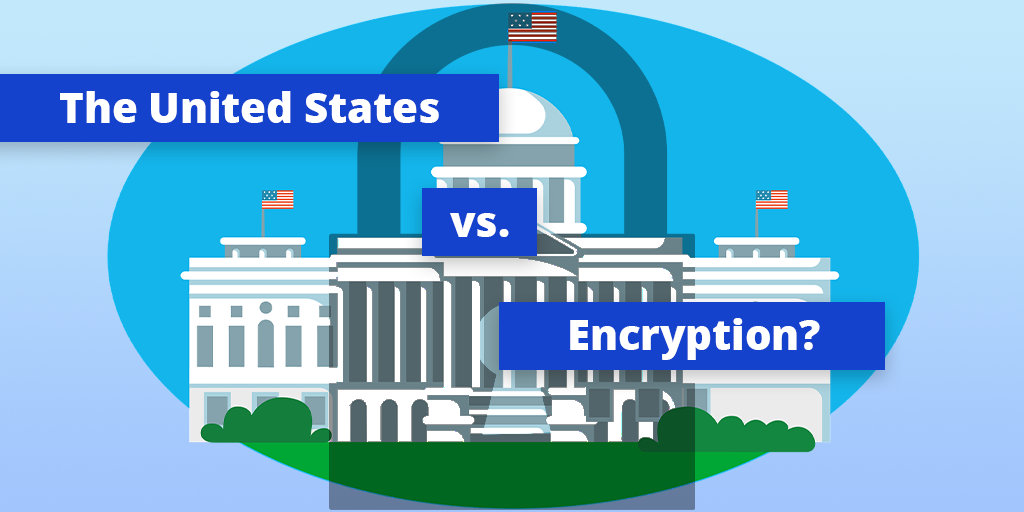
Codebreaking has long been a staple of futuristic sci-fi movies. So many times when we go to the movie theater, we’ll see a sunglasses-donned man typing furiously at his computer, trying to break a seemingly unbreakable computer code. And more often than not, the man cracks the code in just a matter of seconds, showing the audience just how astute the man is. However, this stereotypical portrayal of hackers and codebreaking, thankfully, is not grounded in reality.
In the real world, encryption technologies are much more complicated than Hollywood likes to present. No single hacker is ever breaking modern encryption technology by themselves, thanks to its incredible security in the modern-day. But, what exactly is encryption? It’s certainly used as a cybersecurity buzzword, but what about encryption actually keeps your files safe?
Well, simply put, encryption is a code. A user enters legible information, known as plaintext, and then encryption software encodes the plaintext into ciphertext, an illegible string of characters. It can be a code as simple as A=1, B=2, C=3 and so on, or something as complicated as AXEL Go’s 256-bit encryption. After the translation from plaintext into ciphertext, only authorized members with a “key”, a piece of information that decrypts encoded information, can translate the ciphertext back to readable plaintext. This relatively simple process has revolutionized cybersecurity, allowing an extra, vital layer of protection between someone’s information and unauthorized users.
The History of Encryption
Some may believe that encryption started with the invention of the computer. However, the practice of encoding information has been popular (and necessary) long before the Digital Revolution. Encryption was first used by Ancient Greeks and Egyptians to conceal secret information. In fact, the earliest known example of encryption was found in ancient Mesopotamia, when a scribe used symbols to hide a formula for pottery glaze[1]. Later, this method was used to protect military secrets and strategies, a practice still used today.
Centuries later, encryption technology became much more advanced. By the beginning of World War II, encrypted communications during war was the norm for all nations. The Axis powers used an Enigma machine, an encryption device that used rotating wheels to scramble plaintext into ciphertext. However, the Allied powers quickly learned how to decrypt these messages through brute force, using computers to try all combinations until the key was discovered[2]. Although computers were just in their infancy during World War II, the successful decryption of the Enigma machine highlighted just how powerful and secure computers can be, especially in the field of encrypted communications.
Following the Allied victory, encryption technology advanced exponentially. Computers gained more and more processing power, making encryption devices, such as the Enigma, artifacts of the past. Now, computers have become so powerful that brute force attacks simply are not feasible. For example, the United States military and AXEL Go use the Advanced Encryption Standard (AES), which contains a 256-bit sized encryption key. While 256 bits may not seem like a lot, this means that there are 2256 possible key combinations, or 1.158 x 1077 combinations. To put this number in perspective, there are only an estimated 7.5 x 1018 grains of sand on Earth[3]. It’s safe to say that modern-day encryption is incredibly secure.
How is Encryption Used Today?
In the earlier days of encryption, cracking encryption keys was difficult, but not impossible. Now, however, cracking modern-day encryption technology is impossible without human error. That’s because it would take the world’s most powerful supercomputer millions of years to go through the number of possible key combinations in AES encryption[4]. Because of this incredible amount of security, encryption isn’t just used by governments any more. Any large company that stores customer data uses encryption as an extra layer of defense against unauthorized cybercriminals. With encryption, even if attackers gain access to a company’s data, they’d need a key to translate the ciphertext into legible plaintext. And as long as the encryption key is stored safely, no outsiders will be able to decrypt that data.
However, it’s important to note that not all encryption is built the same. In fact, there are two broad categories of encryption: Symmetric Key and Public Key. Symmetric Key encryption uses the same key to encrypt and decrypt the data. This simpler method is the most used, as it executes the encryption quickly[5]. Public Key, however, uses a public, shared key for encryption, and a different, private key for decryption. Because of the complex logic required for Public Key encryption, it is not as popular[5].
Unfortunately, some have begun to use the incredible power of encryption for less-than-savory reasons. Cybercriminals typically use encryption during ransomware attacks to encrypt the victim’s files. And because modern-day encryption is so secure, victims typically must either pay the ransom to the cybercriminals in exchange for the decryption key, or simply lose all of their encrypted files forever[6]. Even worse, the targets of these attacks can range from individuals to entire governments. That’s why it’s important to use cybersecurity strategies when handling any amount of shared cloud files. While encryption technology has done so much good in the fields of secure communications and cybersecurity, it has also been taken advantage of by criminals who wish to harm individuals and businesses for a quick buck.
Why Encryption Matters
From its humble beginnings in Ancient Mesopotamia to its complex usage today, encryption has been a useful tool for centuries because of one simple philosophy: Not everything should be public. Whether you’re handling your government’s top-secret documents or your grandmother’s top-secret pumpkin pie recipe, encryption is the best way to ensure secure communications.
AXEL believes that privacy is a human right, and that your information ought to be protected. Put simply, we believe that you should control your data and who gets access to it. That’s why we created AXEL Go. AXEL Go uses AES encryption, blockchain technology and decentralized servers to ensure it’s the best file transfer software on the market. Whether you need cloud video storage or cloud file management, AXEL Go is the secure file hosting solution. In today’s Digital Age, secure file sharing is a necessity for businesses and individuals. If you’re ready to try the best file sharing app for PC and mobile devices, get two free weeks of AXEL Go here.
[1] “History of Cryptography.” Binance Academy. Binance Academy, August 24, 2021. https://academy.binance.com/en/articles/history-of-cryptography
[2] “Colossus.” The National Museum of Computing. Accessed November 23, 2021. https://www.tnmoc.org/colossus
[3] Dotau, Sean. “All You Need to Know about 2^256.” Talk Crypto Blog, April 8, 2019. http://www.talkcrypto.org/blog/2019/04/08/all-you-need-to-know-about-2256/
[4] Nohe, Patrick. “What Is 256-Bit Encryption? How Long Would It Take to Crack?” Hashed Out by The SSL Store, June 11, 2021. https://www.thesslstore.com/blog/what-is-256-bit-encryption/
[5] “Exploring the Differences between Symmetric and Asymmetric Encryption: Cyware Hacker News.” Cyware Labs. Cyware, November 30, 2019. https://cyware.com/news/exploring-the-differences-between-symmetric-and-asymmetric-encryption-8de86e8a
[6] Johansen, Alison Grace. “What Is Encryption and How Does It Protect Your Data?” Norton, July 24, 2020. https://us.norton.com/internetsecurity-privacy-what-is-encryption.html


